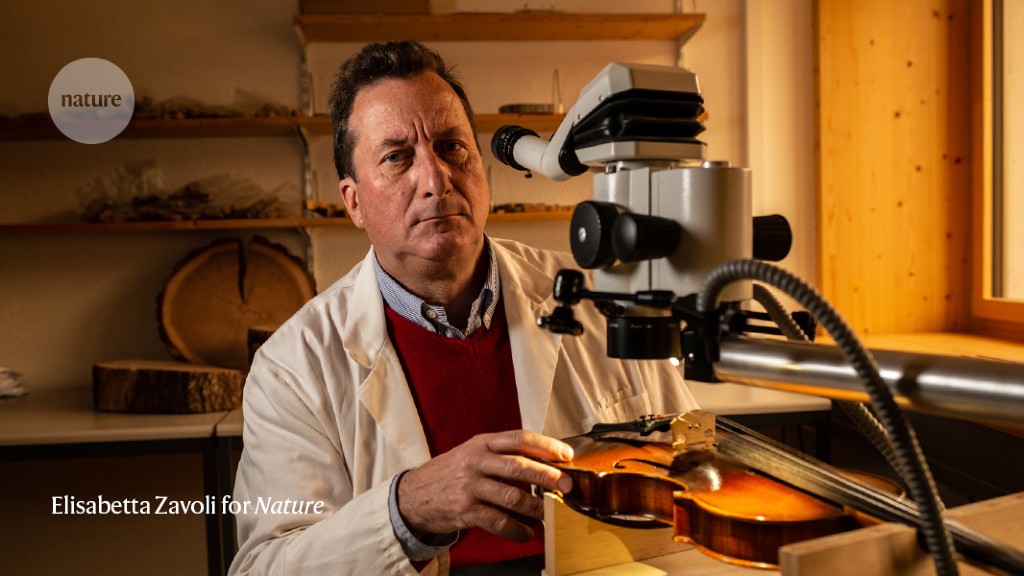Stringed instruments can be worth millions of dollars, particularly those made in northern Italy in the seventeenth and eighteenth centuries. There are also many copies and forgeries.
As a forest ecologist, I use dendrochronology — or tree-ring dating — to understand how trees grow, as well as to investigate historical environmental conditions. The widths of tree rings vary according to meteorological conditions, so samples can be dated by cross-referencing against databases of ring-width series.
In 2010, I was an expert witness in a legal case about a viola supposedly made in the sixteenth century. I agreed with two laboratories that had independently concluded that it could not have been made before the late eighteenth century.
Dendrochronology cannot precisely date when an instrument was made, but it can identify the most recent year that the wood it was made from was part of a growing tree. Tree rings give probabilities and levels of confidence in a date according to the availability of appropriate reference series.
Dendrochronological analyses can produce conflicting dates, creating confusion about the method’s reliability. The most famous example is the ‘Messiah’ violin made by Antonio Stradivari in 1716. In 1999, doubts were raised about its authenticity when, among other reasons, tree-ring analysis found that the instrument could not have been made before 1738, a year after Stradivari’s death. The finding was based on examining a photograph of the instrument, and was later retracted. The controversy highlighted the limitations of the technique for verifying the authenticity of musical instruments.
I also use dendrochronology to understand the impacts of droughts, and I’m fascinated by how trees grow, how water is transported in them and whether species differences are evolutionary adaptations.






More News
I study artefacts left in prehistoric caves
How artificial intelligence is helping to identify global inequalities
Tackling ‘wicked’ problems calls for engineers with social responsibility